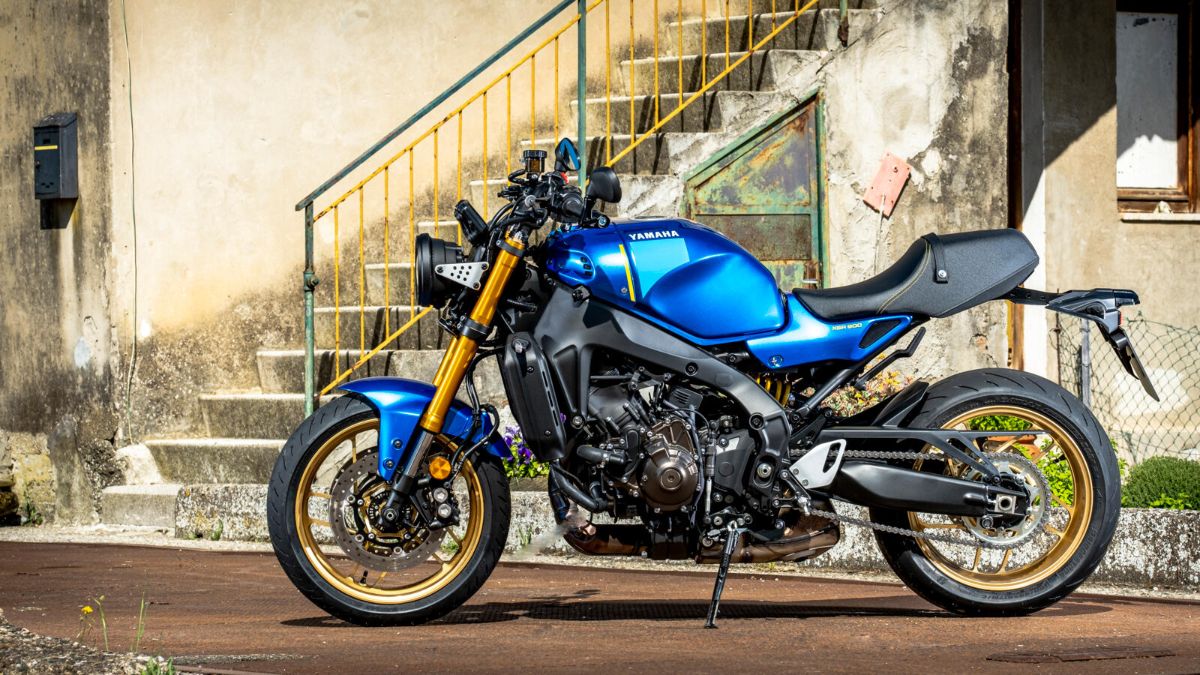I’ll be honest, I have always liked the Yamaha XSR900. I rode one when it was launched in 2016, and the combination of the delicious 890cc triple, agile handling and of course the pleasing retro looks made it very easy to become attached to. For me, it offered all the performance and handling of the same firm’s MT-09, but in a bit more of a ‘heritage sport’ package that looked better, and made me feel less of a hooligan. Maybe I’m getting old, but the more laid-back nature always appealed to me.
When the bike got a facelift in 2022, I was desperate to ride it. The updated XSR900 has a wonderfully 80’s feel about it; the shape of the tank and the seat have changed, and that blue colour scheme almost made my jaw drop. I was just hoping that it would still be as nice to ride as it had been previously. Unfortunately, I didn’t get a chance to find out until now, but better late than never.
Now, I appreciate that we have already run the launch review of the XSR900 here, but I figured that seeing how the bike works as your everyday bike on the UK roads would be as good a reason as any to throw a leg over. So, I did.
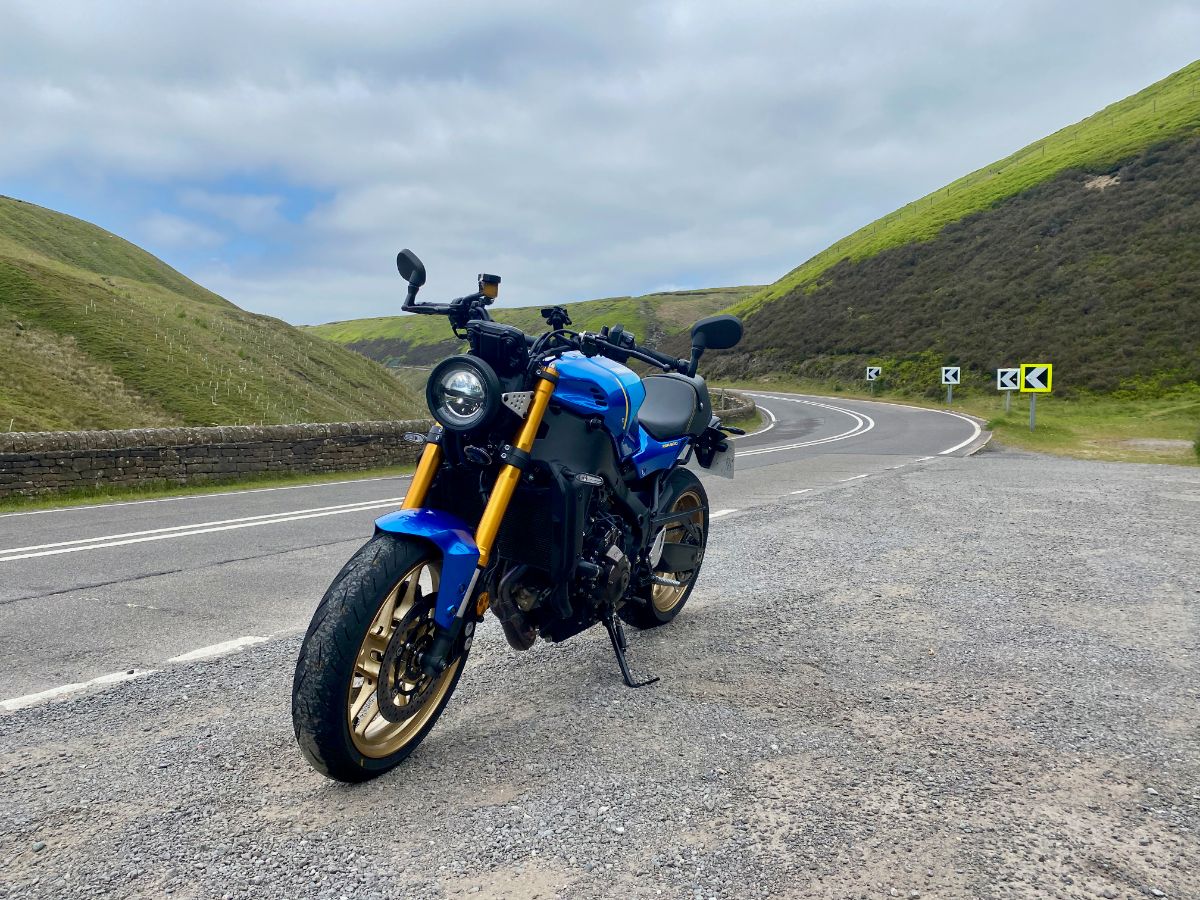
But even before I climbed on the bike, I was getting rather excited. The looks are just so good. The bike photographs well, but when you see it in the metal, it’s even better. The blue tank and side panels are offset by the black frame and engine, with the gold forks and wheels adding a spark of colour. And the details of the bike are worth a closer look too. From the headlight brackets to the foldable pillion pegs, there are some really nice touches. Mind you, with the pillion perch making some postage stamps look large, I never took a passenger, and so the folding pegs’ value was purely aesthetic.
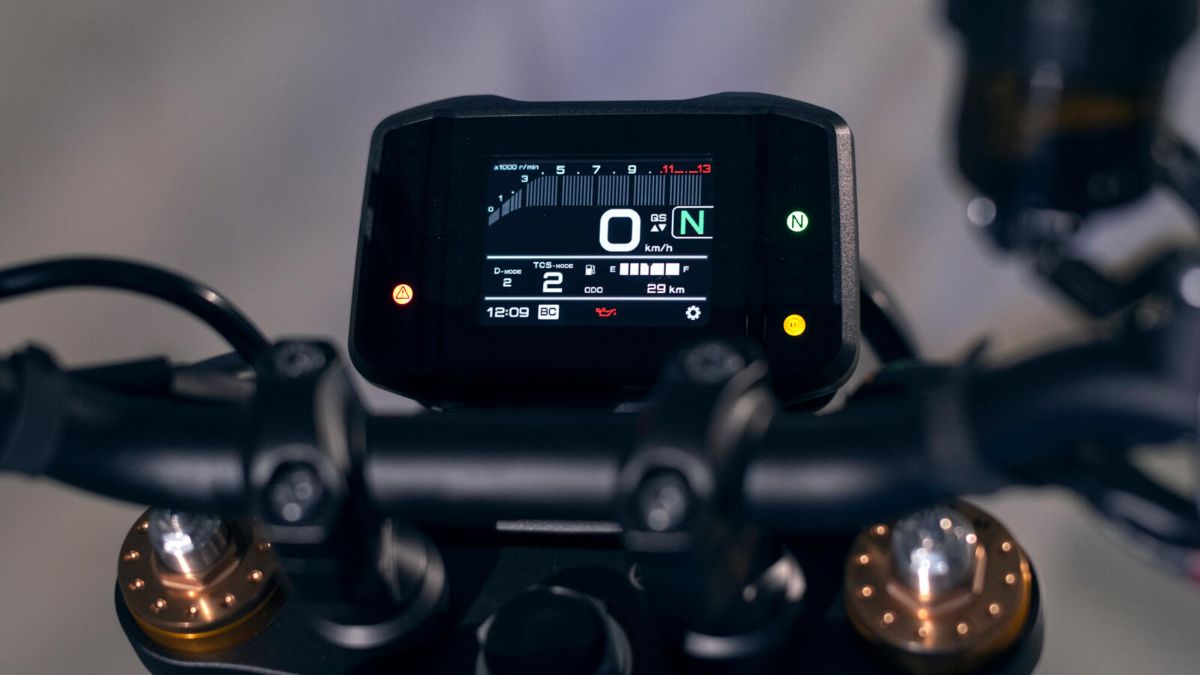
Before setting off, I still had one more thing to do: get my head around the electronics. There’s a lot going on, with cornering ABS and traction control, ride modes, lift and cruise control. In practice, it’s all pretty straightforward, and you don’t need to worry about getting the manual out before riding like you do with some bikes these days. On the road, I pretty quickly settled for ride mode B (full power, but not as aggressive as mode A), and left everything else as the Yamaha engineers had intended them to be. One item I wasn’t expecting to use as much as I did was the cruise control, which was easy to use and perfect for busy highways where you just need to make steady progress.
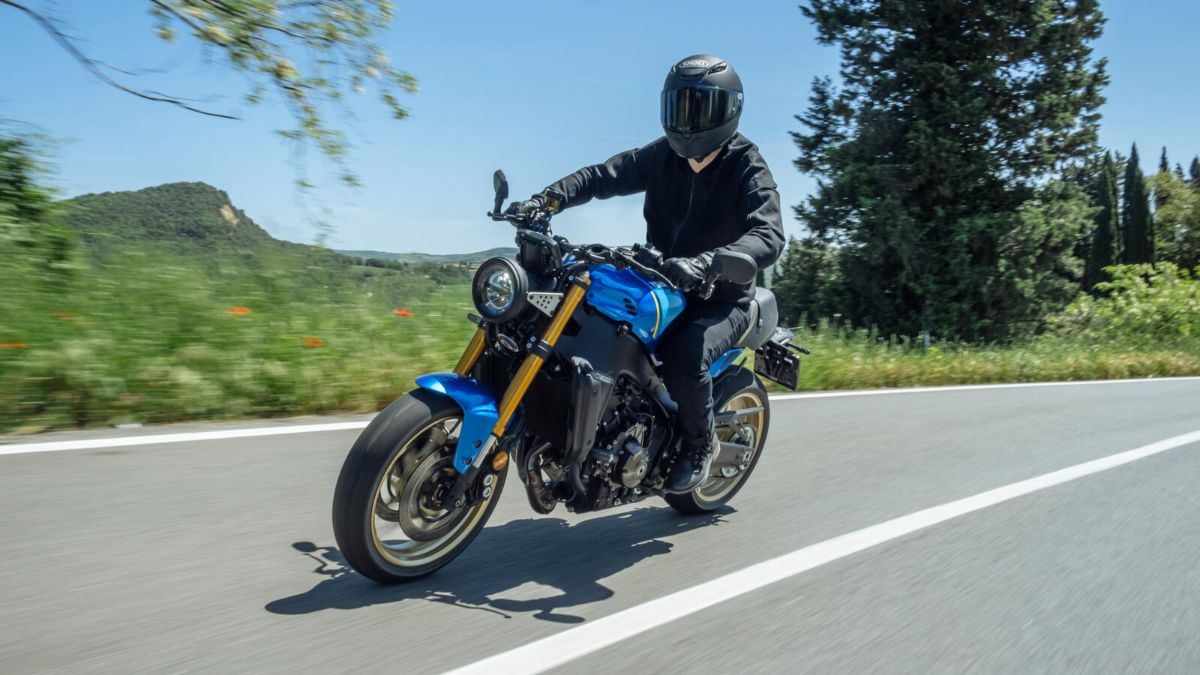
But with the 890cc triple engine, this is not a bike that wants to spend its time going steady on highways! The engine is the same one that Yamaha uses in the Tracer 9 and the MT-09, and it works a treat. The power comes on really smoothly (throttle action is better here than Yamaha’s 700cc twins) and progressively, and there’s plenty of it (117bhp to be precise). With the riding position on the sporty side, you soon gather speed with ease that requires constant checks of the speedo just to make sure you don’t accidentally skip into the ‘lose your licence’ territory. And while the engine really enjoys spinning fast, it’s also really useable at slow city speeds. Slow riding is further helped by the light clutch, good feel from the back brake, and the low seat: crawling in the city is never the nicest thing on two wheels, but the XSR makes it easy work – just mind those bar-end mirrors when filtering.
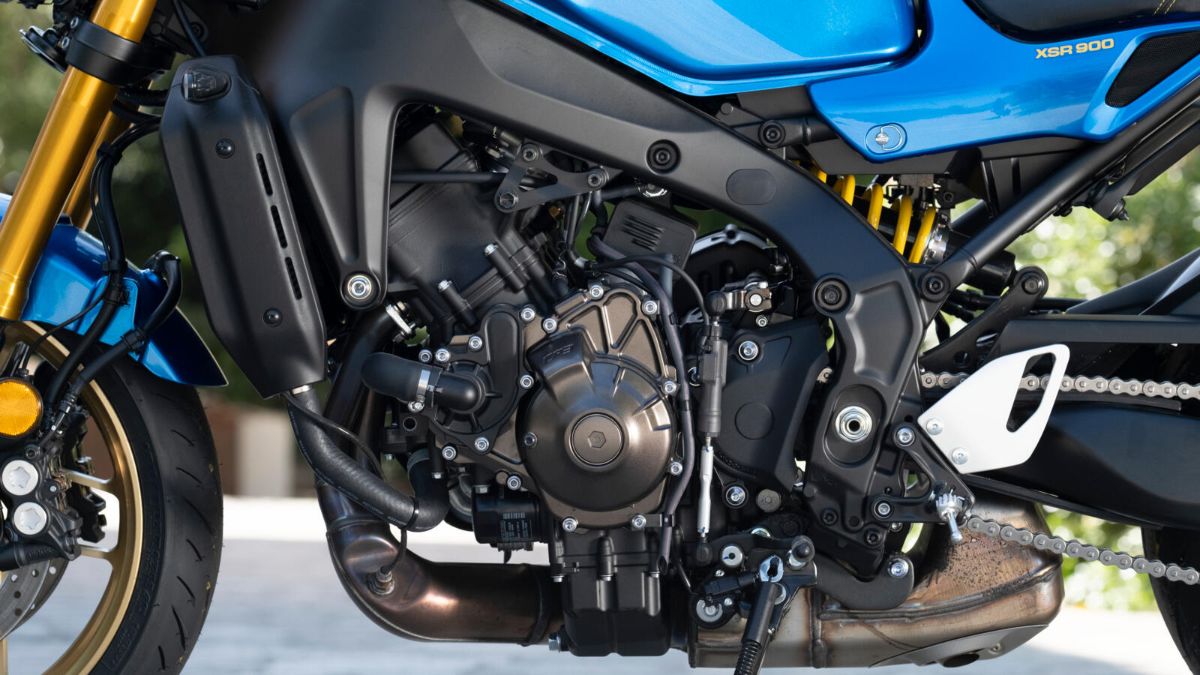
Helping you get the most out of the engine is the excellent quickshifter. It’s one of the finest I have used and does the job of shifting up and down so much better than I could do without it. During the few weeks I spent with the machine I didn’t get a single false neutral, which is something I normally seem to manage quite easily with these things.
Equally impressive were the brakes. There’s loads of stopping power there, with the 298mm discs and Brembo radial master cylinder. This was particularly noticeable when I jumped on the bike after riding a twin scrambler that had perfectly good brakes, but when I was back on the XSR I realised just how much better the stoppers on it were.

While I found the riding position very pleasant and roomy on the XSR, I couldn’t really get past the hard seat. It looks great, but you don’t have to spend very long on it before it starts to feel more like a push bike seat, and you’ll be ready to stop for a stretch.
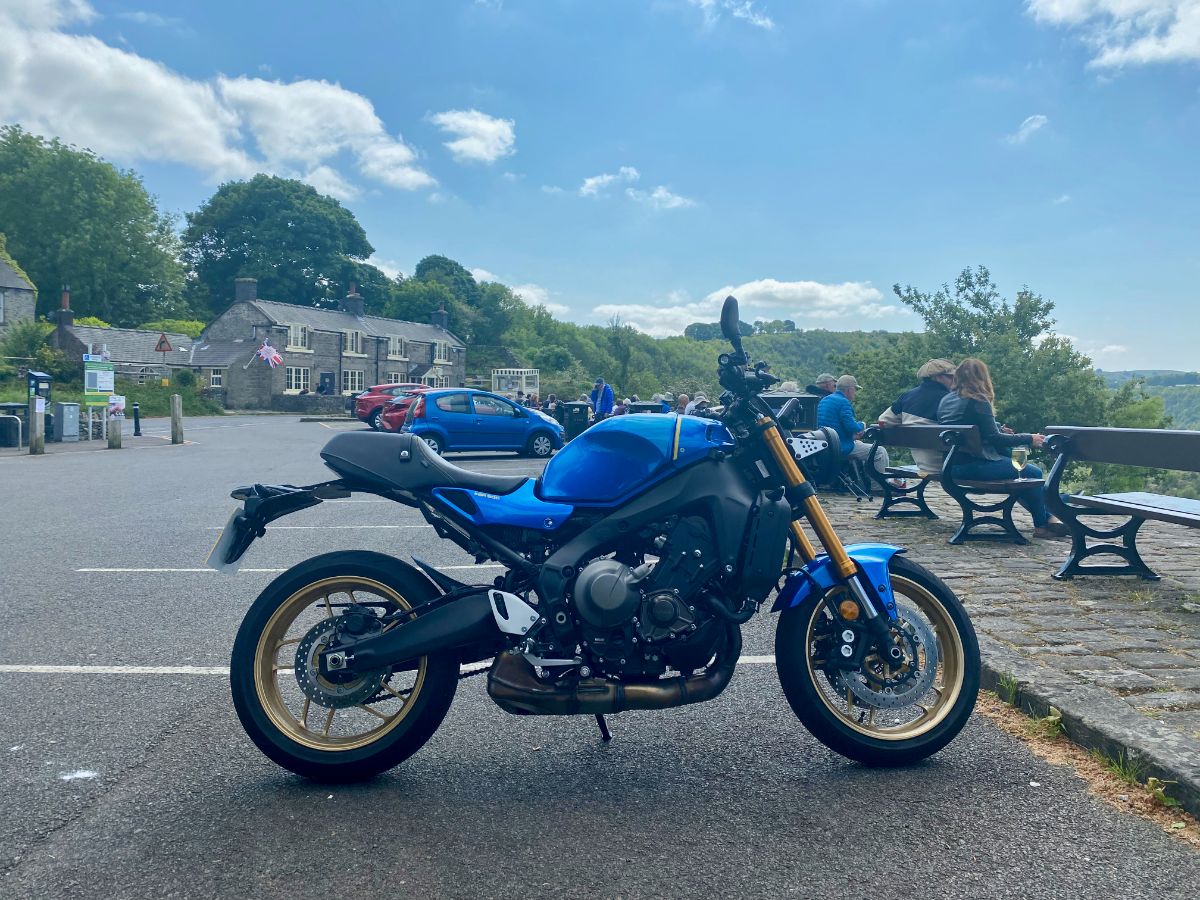
Another issue with the bike is the limited luggage capacity. There are tank and saddle bags available as accessories, but they aren’t massive, and realistically this is not a touring bike, so if you’re looking for something with long-distance and two-up comfort, as well as luggage space, there are better options in Yamaha’s range.
For commuting, weekend fun, and general everyday use I found the XSR900 a thoroughly enjoyable machine. It’s one of those bikes that puts a big smile on your face when you ride it, and I suspect that it puts a smile on the faces of the people who see you riding it, too. It’s a real looker, with performance and handling to match. I could happily make space in the garage for one of these.
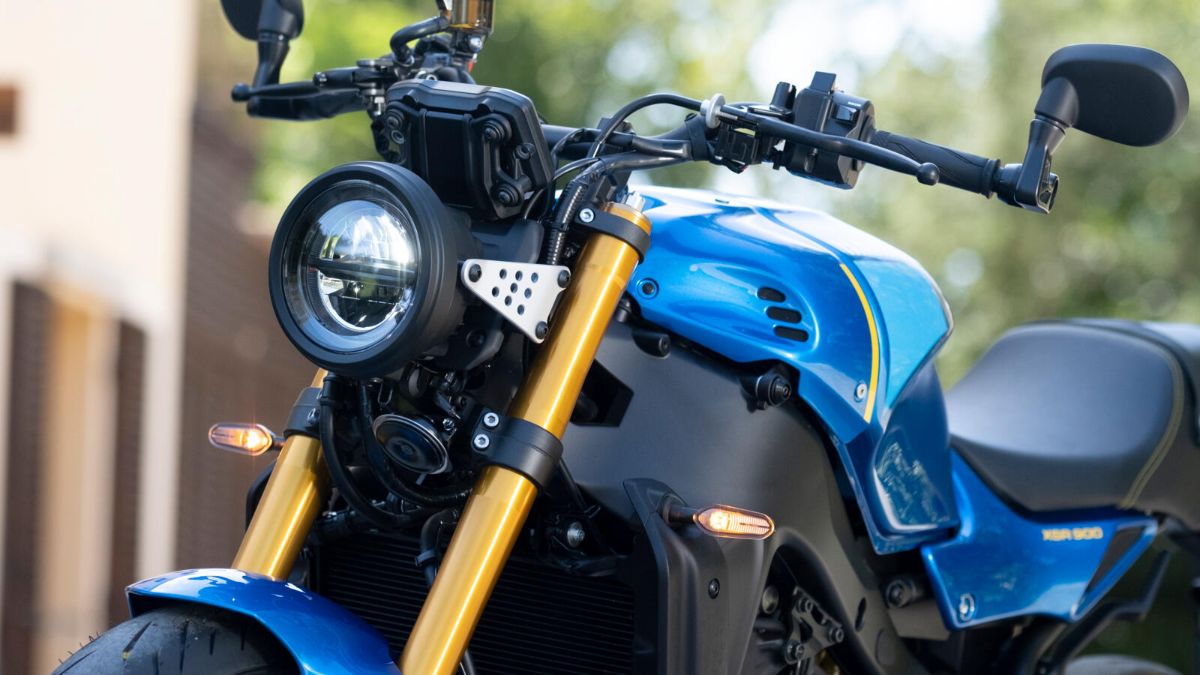
Yamaha XSR900 specification
Price: £10,610
Engine: 890cc, liquid-cooled, DOHC, four-valves, three-cylinder
Power: 87.5kW @ 10,000rpm
Torque: 93.0N @ 7000rpm
Frame: Diamond
Wheels: 17” front and back
Tyres: Tubeless, front 120/70ZR17M/C (58W), rear 180/55ZR17M/C (73W)
Weight: 193kg wet
Seat height: 810mm
Fuel tank: 14 litres
Contact: www.yamaha-motor.eu/gb/en/
Yamaha XSR900 launch review video
Words: Mikko Nieminen
Photos: Yamaha & Mikko Nieminen


